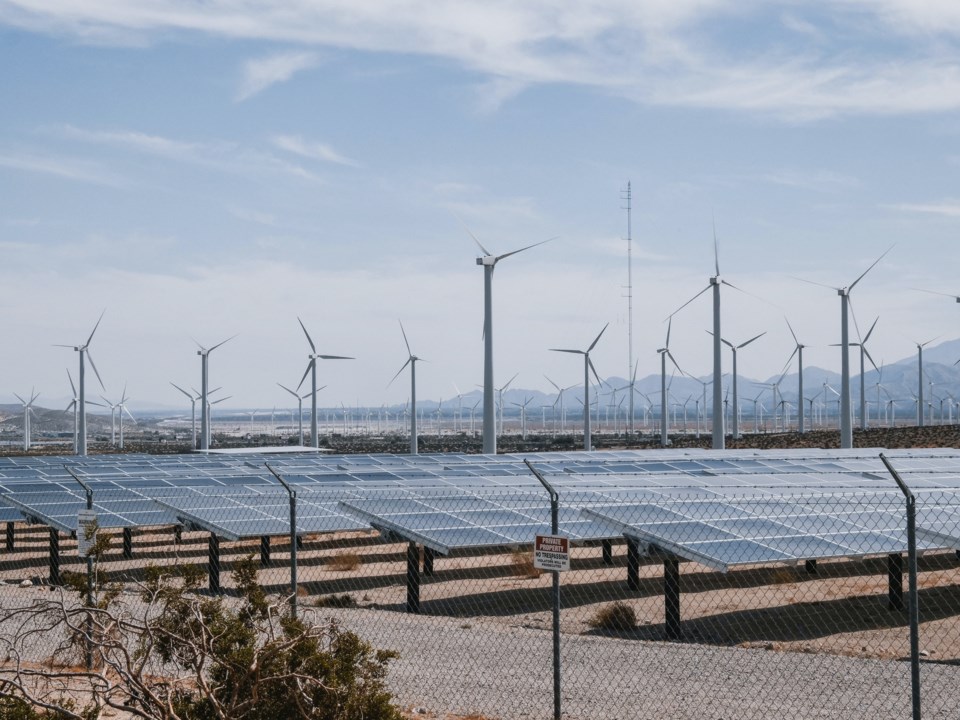The Longmont Leader accepts contributions, photos, letters to the editor, or LTEs, and op-eds for publication from community members, business leaders and public officials on local topics. Publication will be at the discretion of the editor and published opinions do not represent the views of the Longmont Leader or its staff. To submit a contribution, email [email protected].
This October, Longmont’s City Council will vote on whether to increase electric rates in 2024 and 2025. I agree with the electricity rate increases to invest in Longmont future energy and utility infrastructure, but how the rate increases are being justified, presented, and reported on is a disservice to the public. Let’s have an honest conversation about the proposed rate increases – and what we can do about it.
A series of misleading comments by Longmont officials risks misinforming residents. When expressing support for this rate increase, Mayor Joan Peck said “I just want to say to the public that we do want to transition… It is what the city wants; it’s the council direction and it’s expensive.” Chalking up these changes to being “expensive” is both misinformed and misleading. Analysis by leading researchers at Rocky Mountain Institute, a Colorado-based non-profit focused on the energy transition, highlights that investing in clean energy at a utility-scale is now most often the cheapest path forward. Mayor Peck’s comment misleads Longmont residents by incorrectly stating that meeting the City’s clean energy goals is inherently more expensive.
Unfortunately, Mayor Peck was not alone. A Longmont Power & Communications (LPC) presentation greatly overstated the link between Platte River Power Authority’s (PRPA) 5% rate increases and Longmont’s clean energy goals. (PRPA supplies power to LPC to distribute to Longmont residents and businesses.) As a result, both the Longmont Times-Call and Longmont Leader have since reported this overemphasis and inaccurate link between rates and goals. If PRPA and LPC are smart about how they purchase clean energy, this transition should be cheaper and lower risk than continuing to rely on coal and gas.
That doesn’t mean there won’t be any cost. With any investment, there are costs involved. But costs of change must be compared to what business as usual costs would have been. And our leaders, city-owned utility, and local media should use their authority, knowledge, and reach to help residents understand when responsible investments are needed. For instance, when you have an older car, you likely weigh whether buying a new car is more cost effective than maintaining your old car. Eventually, investing in a newer, more efficient car is going to be more cost effective.
Similarly, the costs of new clean energy must be compared to the costs of maintaining older power plants, investing in new gas power plants, and managing rising costs and price volatility of gas. This is where both the Longmont Times-Call and Longmont Leader could have dug into the statements made by local officials, rather than take them at face value.
Utilities do have a common way to compare these investment decisions. A resource plan is how utilities like PRPA and Xcel Energy compare the costs, investments, and risks of different energy pathways. PRPA’s last resource plan was in 2020, and they’re in the process of updating that in the next year to account for major market changes, new federal incentives, and increasing supply chain and fuel risks with natural gas. If PRPA follows best practices, this comprehensive analysis should inform decision-makers about their options and the costs of each option.
So why do our rates need to increase? First, PRPA does still have increasing labor and fuel costs for existing operations as well as less efficient, aging power plants to replace. The current plans include both clean energy and natural gas power plants. Secondly, more extreme weather increases the need to underground overhead power lines to reduce power outages and fire risks. However, undergrounding LPC lines is more expensive upfront. While Longmont is ahead of many utilities here, more undergrounding is a smart investment to reduce costly risks to people and property. Third, new investments are needed to maintain a safe, reliable, and efficient electric grid. These are necessary costs to manage and upgrade aging infrastructure in Longmont.
Fortunately, Longmont has the 3rd lowest electricity rates in Colorado as of January 2023, with a third of our energy already generated from clean energy on average and up to 70% from clean energy at certain times of day. This is exactly the time to make proactive investments in reliable, efficient, and resilient electrical infrastructure as our city and region continue growing in both people and electricity demand.
That said, Longmont residents can take action to cost-effectively reduce their energy bills. City staff rightfully mentioned that improving the efficiency of your home, apartment, or business will reduce your energy bill. Efficiency Works is the regional program for all Longmont residents (and other PRPA customers) to enhance the comfort, safety, and efficiency of their home or business. The program coordinates energy audits to assess a current building’s performance and then offers rebates to those who make some or all recommended improvements. I’ve personally used an Efficiency Works audit to then reinsulate my attic and seal air leakages in my house. Now, I have a more comfortable house and no longer waste electricity and gas due to outdated insulation and poorly sealed doors.
These electric rate increases are necessary, but the discussion so far has neither been thorough nor presented accurately. The onus is on our leaders and media to understand these important decisions and better inform us. The opportunity for greater efficiency, comfort, and lower bills is on us.
Matthew Popkin is a Longmont resident. As a disclaimer, he works for the non-profit organization, Rocky Mountain Institute, where he advises local governments on market-based clean energy strategies.



